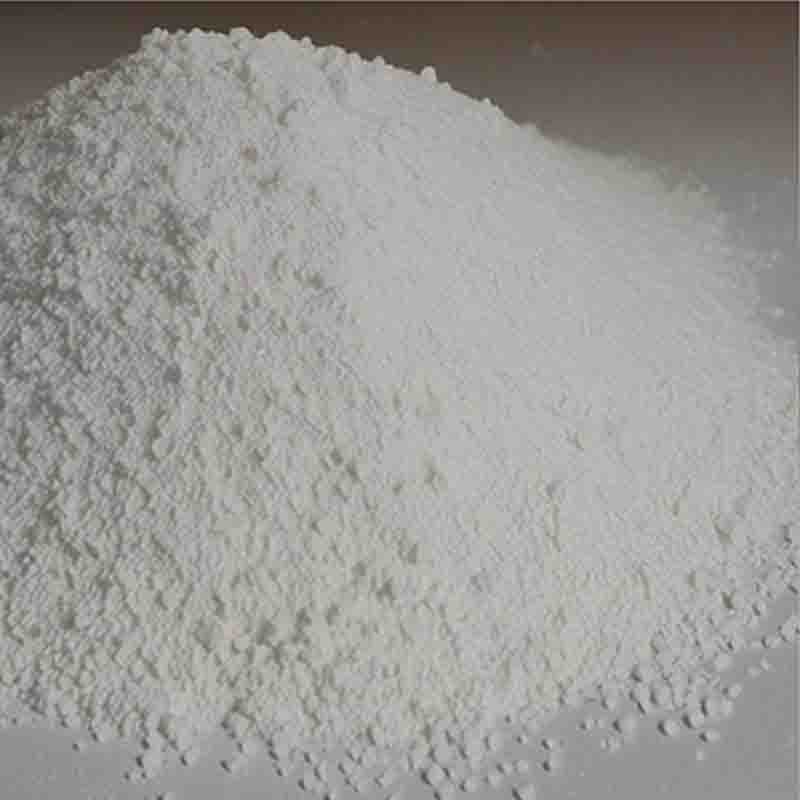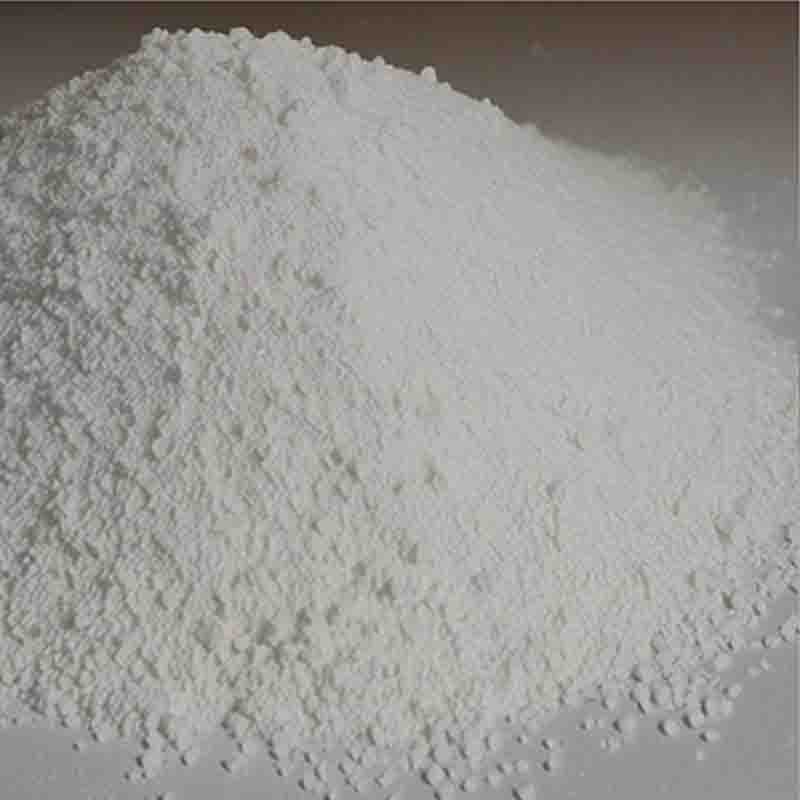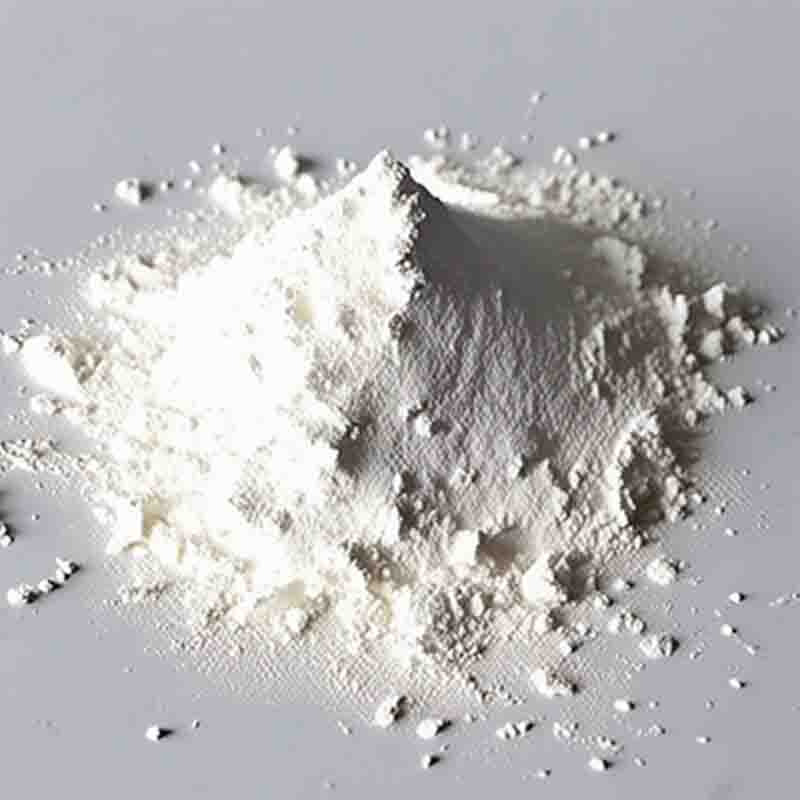2-(3-methoxyphenyl)ethylamine CAS:2039-67-0
| Catalog Number | XD96019 |
| Product Name | 2-(3-methoxyphenyl)ethylamine |
| CAS | 2039-67-0 |
| Molecular Formula | C9H13NO |
| Molecular Weight | 151.21 |
| Storage Details | Ambient |
Product Specification
| Appearance | White powder |
| Assay | 99% min |
2-(3-Methoxyphenyl)ethylamine, also known as 3-methoxyphenethylamine or mescaline, is a psychoactive compound with a chemical structure similar to that of serotonin and dopamine. It is a hallucinogenic substance that is naturally found in certain cacti, such as the Peyote cactus. When consumed, it produces profound psychoactive effects, including altered perceptions, enhanced sensory experiences, and changes in mood and thinking.The effects of 2-(3-Methoxyphenyl)ethylamine vary depending on the dosage, individual tolerance, and set and setting in which it is used. At lower doses, it can produce mood enhancement, increased energy, and mild hallucinations. Some users report experiencing more intense colors, enhanced pattern recognition, and heightened sensory perception. It may also lead to a sense of introspection and enhanced creativity.At higher doses, the effects of 2-(3-Methoxyphenyl)ethylamine become more pronounced. Users may experience vivid visual hallucinations, altered perception of time and space, and a distorted sense of self. The sensory experiences can be immersive and intense, with users reporting enhanced sound, touch, taste, and smell. It can induce synesthesia, which is the merging or mixing of senses, making individuals perceive sensory stimuli in a unique and interconnected way.It is important to note that the use of 2-(3-Methoxyphenyl)ethylamine carries potential risks and should not be taken lightly. It can lead to psychological effects that may be overwhelming or distressing for some individuals. Panic attacks, paranoia, and anxiety can occur, especially in uncontrolled or unfamiliar environments. Additionally, the substance can have physiological effects, including increased heart rate, elevated blood pressure, and pupillary dilation.The consumption of 2-(3-Methoxyphenyl)ethylamine is illegal in many countries and should only be used under appropriate medical supervision or for religious and cultural rituals where it is legal. It is essential to be aware of the potential risks involved and to approach the use of this substance with caution and respect. It is strongly recommended to have a trusted sitter or guide present during the experience to ensure safety and provide support.In conclusion, 2-(3-Methoxyphenyl)ethylamine, or mescaline, is a psychoactive compound that produces hallucinogenic effects. It alters perception, enhances sensory experiences, and can induce profound psychological effects. However, its use carries potential risks and should be approached responsibly and with caution. Understanding the effects and potential risks of 2-(3-Methoxyphenyl)ethylamine is crucial for individuals considering its use and for promoting safe and informed decision-making.


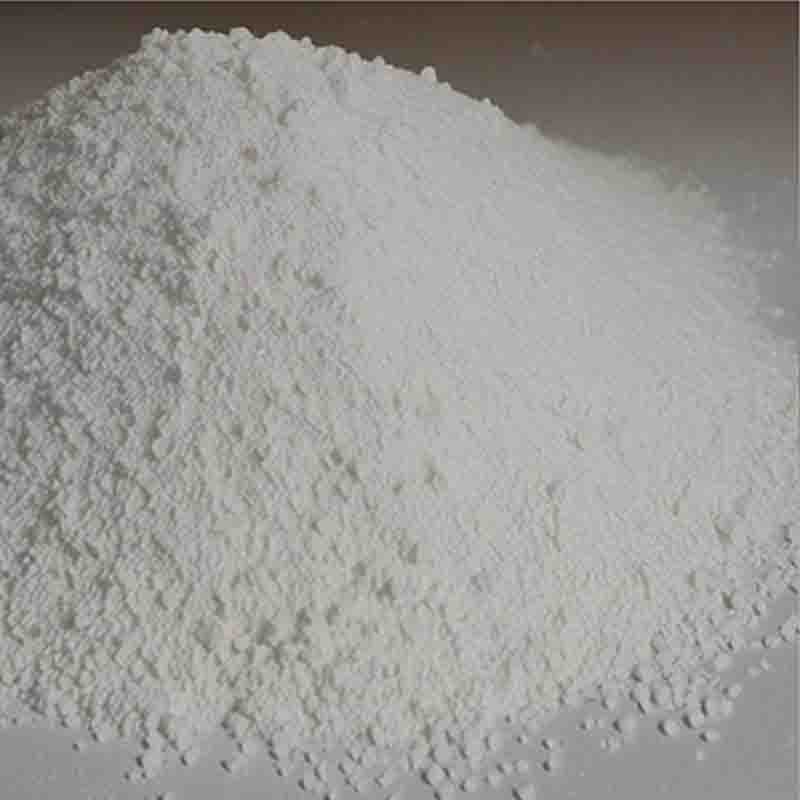

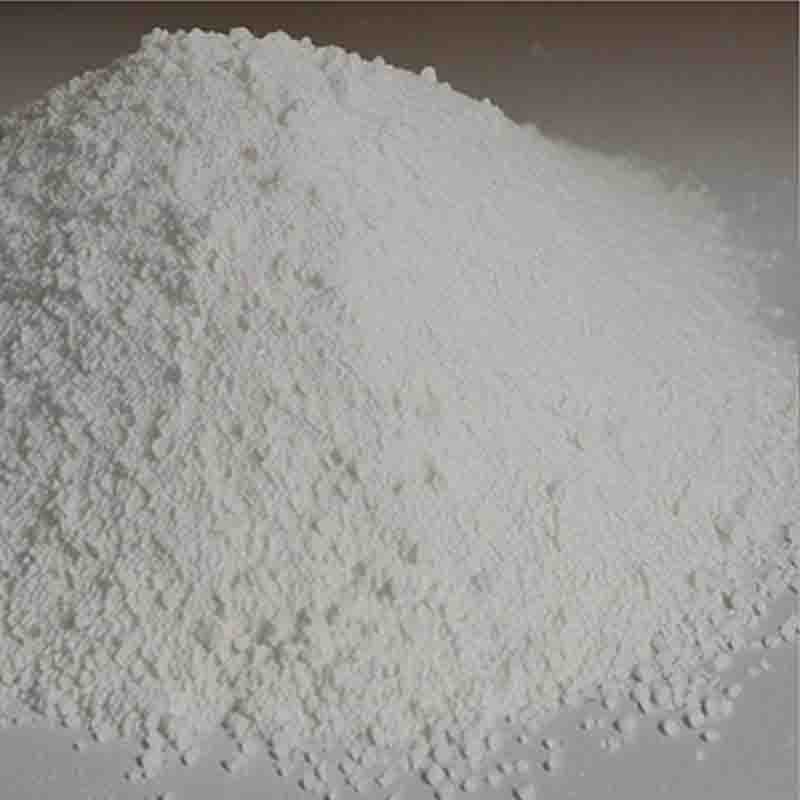

![2,4-dihydro-4-[(4-(4-hydroxyphenyl)-1-piperazinyl)phenyl]-2-(1-methylpropyl)-3H-1,2,4-triazole-3-one CAS:106461-41-0](https://cdn.globalso.com/xdbiochems/白色粉末1630.jpg)
